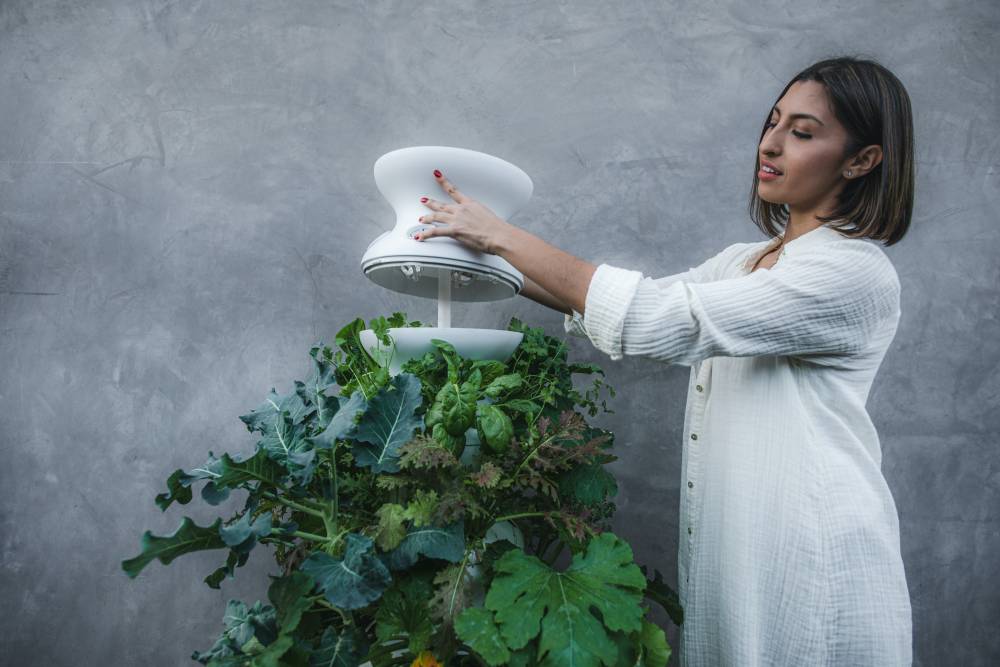
Sustainability is gaining traction in the fashion industry. Linen is a natural and environmentally friendly fabric ideal for beautiful clothing that also protects the environment.
Linen is popular especially in the apparel industry since its made from a renewable resource: the flax plant. It's a very sustainable material that is also breathable, soft, comfortable, cool, and luxurious.
Linen has been used for a very long time to make clothing. It's a very old fabric, much more ancient than cotton. In today's market, linen is more expensive than cotton because of its costly manufacturing.
Linen represents less than 1% of all textile fibers consumed worldwide. Even with low availability, many fashion brands and designers choose linen fabric for their collections to make environmentally friendly and socially responsible clothing.
As consumers, we need to be careful when shopping for clothing, sheets, or furniture made of linen. Look at tags, labels, copyright, brand name, care instructions, and certifications to make sure you are buying real linen.
Linen fabric is expensive but has amazing benefits for fashion. Here is why linen is so popular.
Panaprium is independent and reader supported. If you buy something through our link, we may earn a commission. If you can, please support us on a monthly basis. It takes less than a minute to set up, and you will be making a big impact every single month. Thank you!
Linen is a luxurious fabric

Linen has been used for clothing for over 6,000 years. It was used for wrapping mummies in ancient Egypt to help with preservation.
In history, linen cloth symbolized luxury, preciousness, and extravagance. It was used at dining tables in the Middle Age as a symbol of power, to exhibit authority and wealth.
Today, linen is very expensive because it's hard to weave. Its manufacturing is a laborious and timely process. Since natural flax fibers are easily broken, the machinery must run very slow.
Read up my article on linen the most expensive sustainable fabric, to learn more about why its price is so high.
Linen fabric production costs twice as much as cotton production. Flax plants cannot be mowed and must be pulled up by the roots. It can take up to 90 days to harvest flax.
Despite its drawbacks, many luxury fashion brands and well-known designers such as Albus Lumen, Cleo Prickett, Claudio Milano, and Berta Cabestany choose linen fabric for their collections. Linen is also used for tablecloths and beddings in high-rated restaurants and hotels.
"Just as farm-to-table is changing the way we think about our food and where it comes from, farm-to-closet will change the way we think about clothing. Because clothes are an agricultural act. It's perhaps an odd way to think about garments, but true when they're made from natural fibers. That's why we're driven to find the best ingredients with the least possible impact. And why this season our key ingredient is organic linen."
- Eileen Fisher, an American fashion designer
Linen is used in a wide range of other products as well such as household articles, including pillows, curtains, bath towels, rugs, and wall coverings.
Linen is so rare and expensive. It's considered a very luxurious fabric and a great choice for high-end garments. It's a fabulous high-quality and expensive material that is also environmentally friendly.
Linen is environmentally friendly

The fashion industry has a disastrous social and environmental impact. It's one of the largest polluters globally. It creates massive amounts of waste, pollution, and greenhouse gases every year.
Due to the growing awareness of these issues among consumers, eco-friendly clothing made from natural and sustainable materials such as linen is becoming increasingly popular.
Linen is a natural fabric, bio-based, biodegradable, and recyclable. It's made from a natural and renewable resource: the flax plant.
Flax plants grow in many different countries around the world. Natural fibers are extracted from the plant, spun into yarn, then woven into linen fabric. The fabric final quality depends a lot on the raw material.
Europe produces more than 85% of all flax fibers globally. France is the most prominent producer of flax with about 660,000 tons produced in 2018, followed by Belgium, Belarus, and Russia.
According to the data of the Food and Agriculture Organization of the United Nations (FAO), 868,000 tons of flax fibers were produced in 2018 globally. That number is much lower than other natural plant-based fibers such as cotton (30,3 million tons) or jute (3,63 million tons).
The flax plant has an overall low water footprint. It requires very little water to grow unless the weather is particularly warm and dry.
It takes only 6.4 liters of water to make a linen shirt compared to 26 liters for a cotton shirt, according to the analysis by Bio Intelligence Service. The Higg Materials Sustainability Index (MSI) gives linen a water scarcity score of 3.3, which much lower than 50.4 for cotton.
Read up my article on fast fashion abusive water consumption to learn more about the water scarcity issues caused by the textile and apparel industry.
Look for Fair Trade and organic certifications when shopping for linen clothing. These standards attest that no harsh chemicals were used and workers were treated equitably during apparel production.
You can look for certifications from independent third-party organizations such as:
- the U.S. Department of Agriculture,
- the E.U. Organic Certification Agency,
- or the Global Organic Textile Standard.
Read up my guide on the best eco-certification standards for textiles to learn more about certifications for sustainable clothing.
When produced organically, linen is one of the least socially and environmentally damaging textiles. It doesn't contribute to plastic pollution, doesn't threaten ecosystems, wildlife, or human health.
Linen also has many interesting properties in fashion.
Linen has amazing qualities

Linen makes a great addition to any wardrobe. It has extraordinary properties for clothing.
Linen gives a natural look to any clothes. Its natural color is pale yellowish-gray, the color of straw, and unspun dressed flax. Imperfections are signs of true linen. Most linen fabrics have slubs, small bumps throughout the weave. That is why linen so unique and appealing.
Linen fabric is natural and very versatile. Linen is used for men and women's clothing alike. It's also highly resistant, durable, and rigid. Linen is about two to three times stronger than cotton. However, its low flexibility makes it wrinkle easily.
Linen is very absorbent, anti-bacterial, and moisture-wicking. It's hypoallergenic and protects from bacteria, fungus, and infections.
Linen is also a lightweight fabric. Most linen fabrics weight about 200 grams per square meter. They are easy to wear and care for. Linen clothes don't need much ironing.
Linen is well-known to be exceptionally cool in hot weather. It's a highly comfortable and breathable fabric that fares well against cotton. It helps with body temperature regulation when worn close to the skin.
Read my article on is linen better than cotton to learn more about the qualities linen has over cotton.
One of the best ways to be more sustainable with clothes is to choose eco-friendly and high-quality materials. Linen is a luxury and an ideal alternative to cheap mass-produced apparel.
Was this article helpful to you? Please tell us what you liked or didn't like in the comments below.
About the Author: Alex Assoune
What We're Up Against
Multinational corporations overproducing cheap products in the poorest countries.
Huge factories with sweatshop-like conditions underpaying workers.
Media conglomerates promoting unethical, unsustainable products.
Bad actors encouraging overconsumption through oblivious behavior.
- - - -
Thankfully, we've got our supporters, including you.
Panaprium is funded by readers like you who want to join us in our mission to make the world entirely sustainable.
If you can, please support us on a monthly basis. It takes less than a minute to set up, and you will be making a big impact every single month. Thank you.




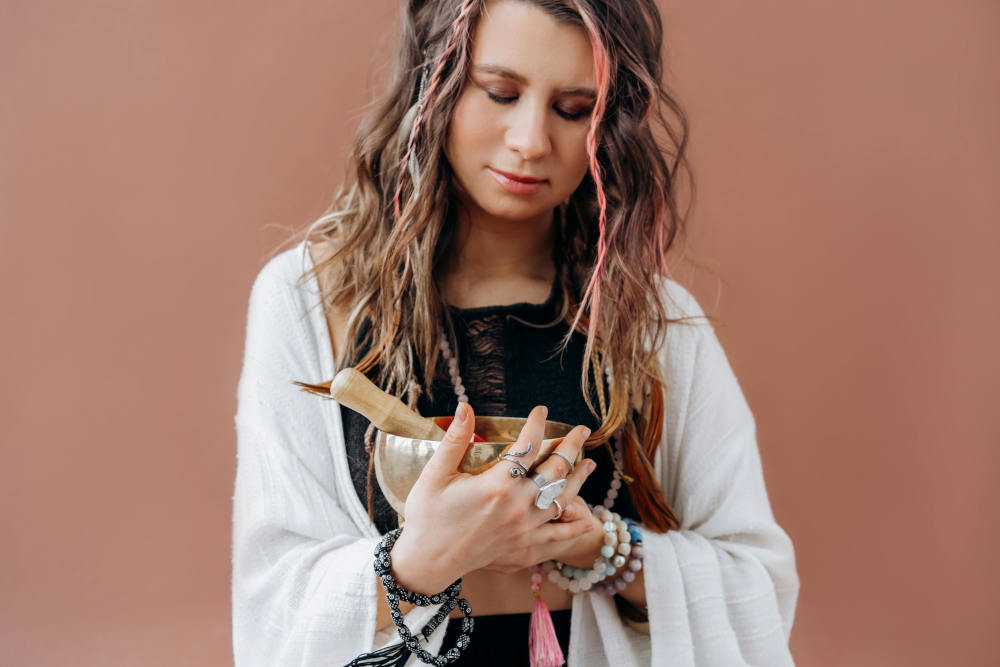
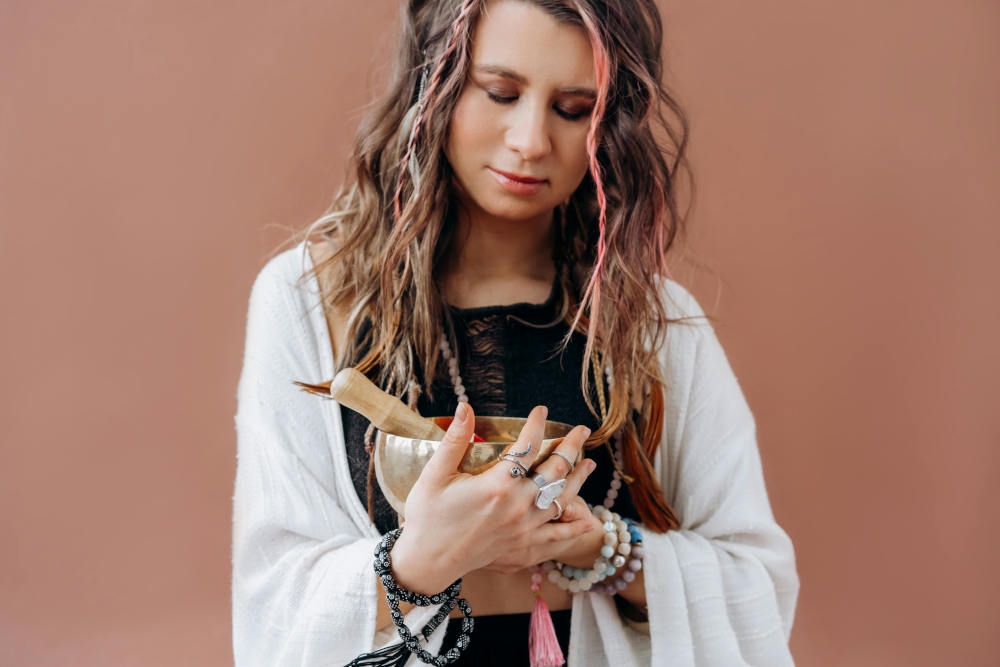
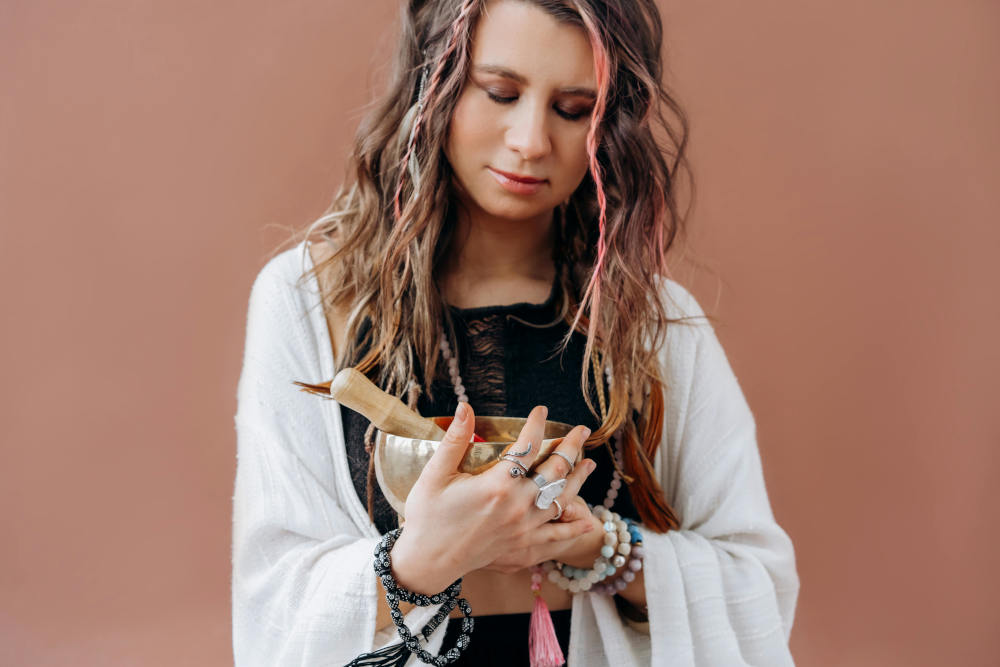


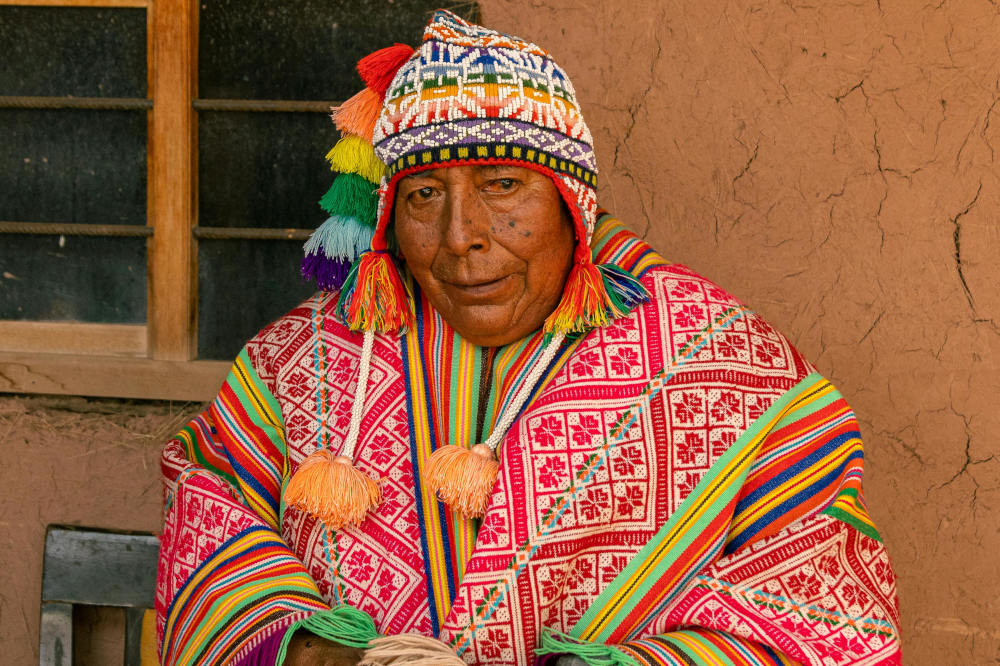
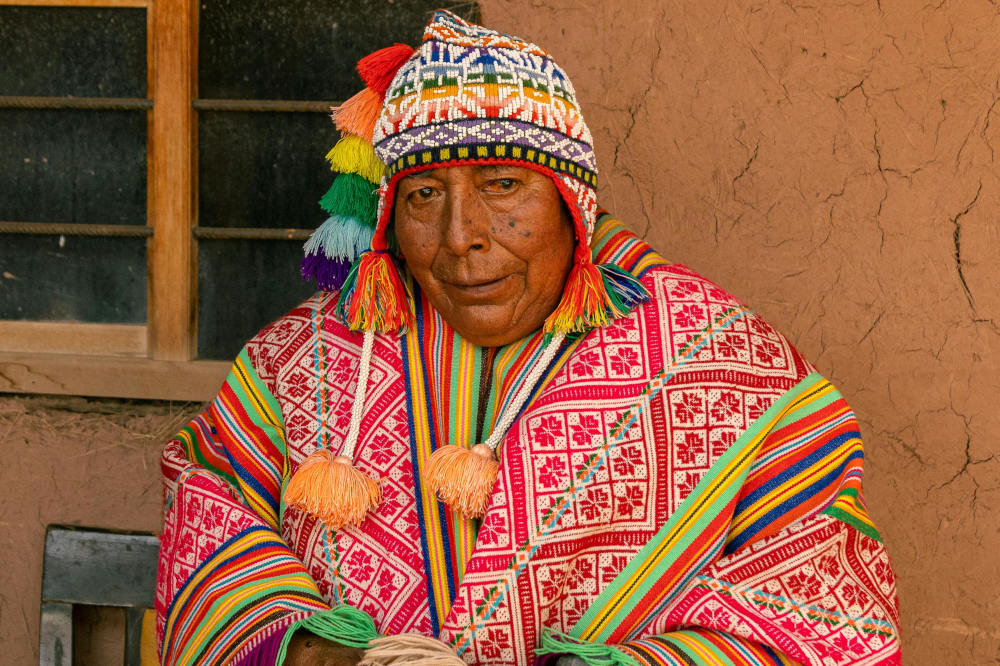
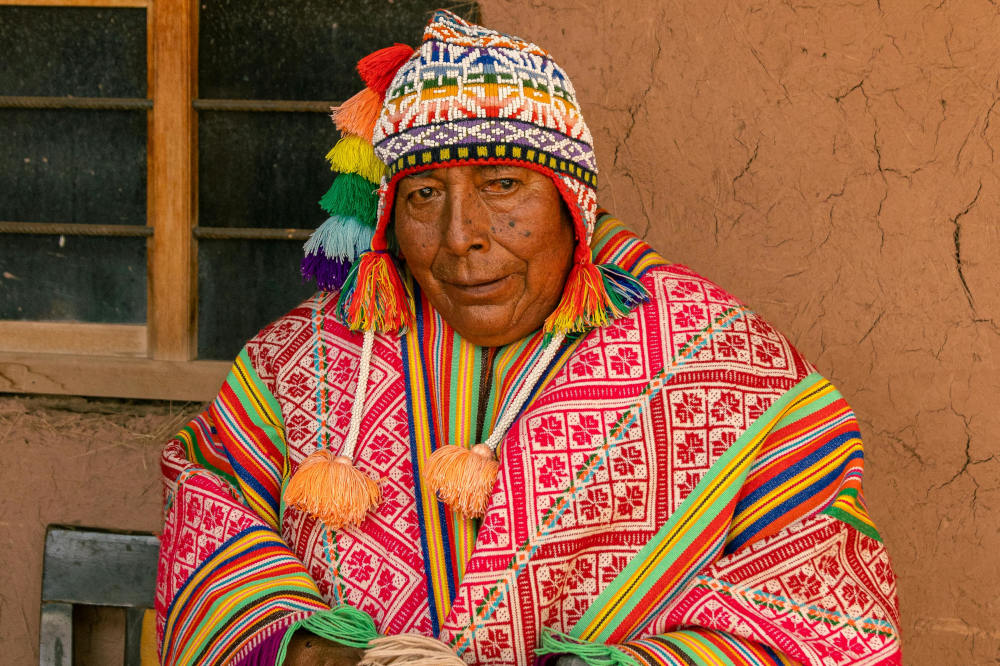



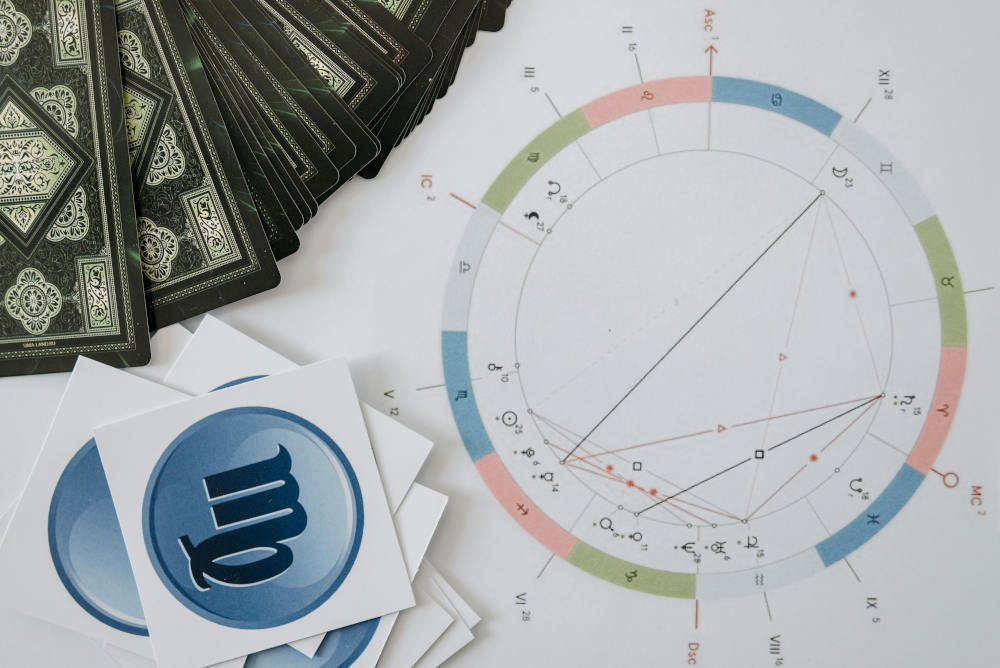
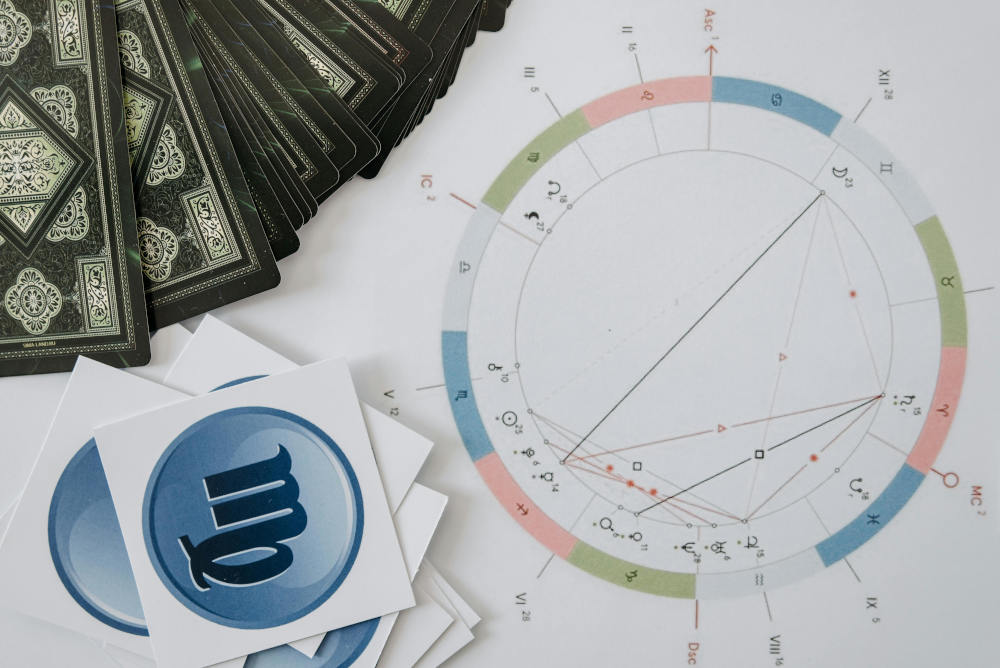
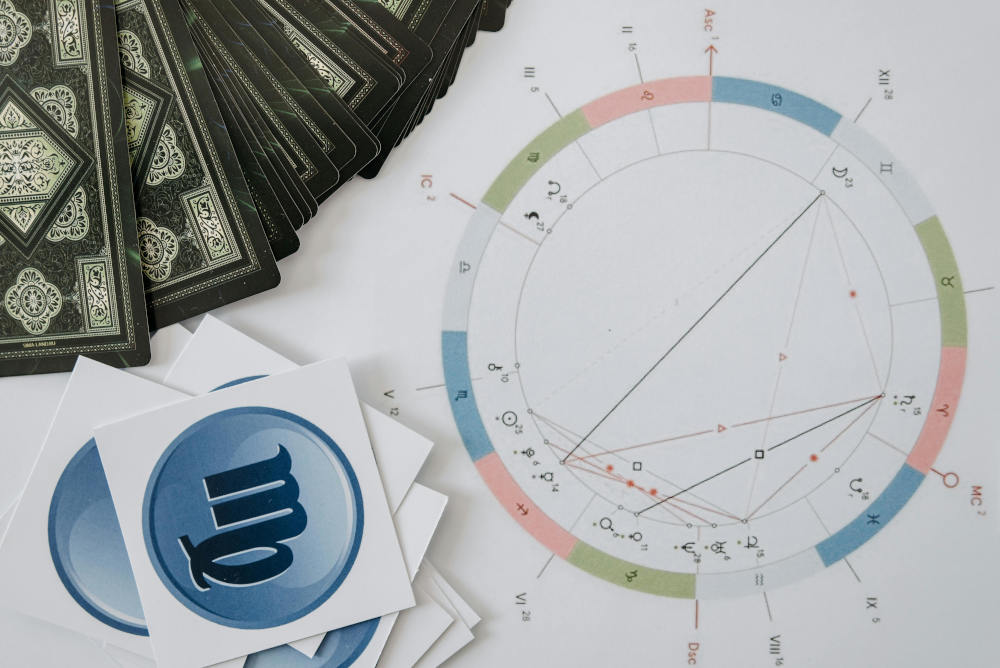
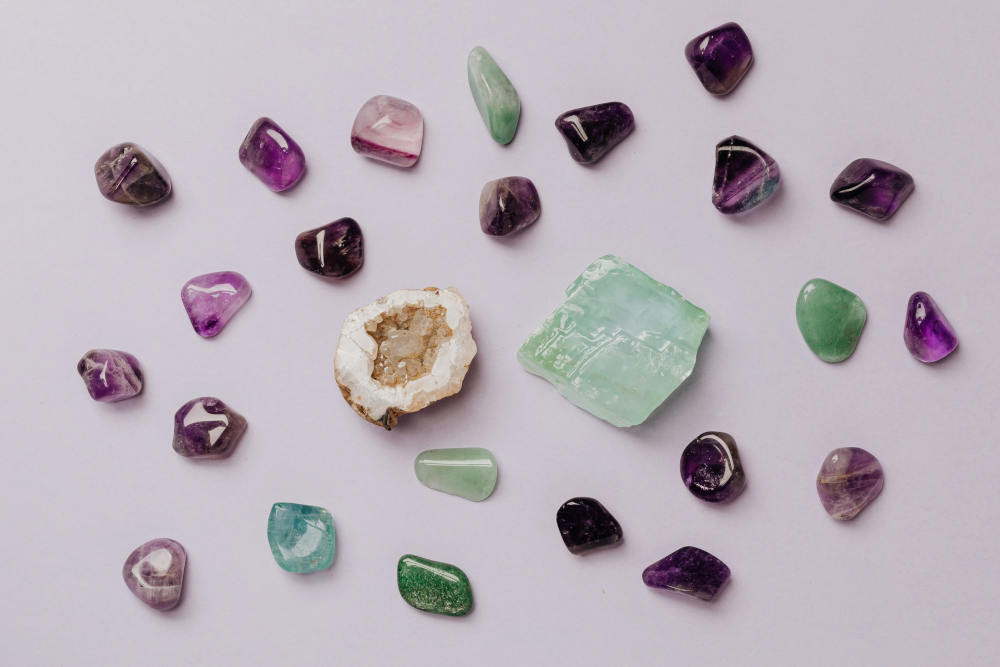

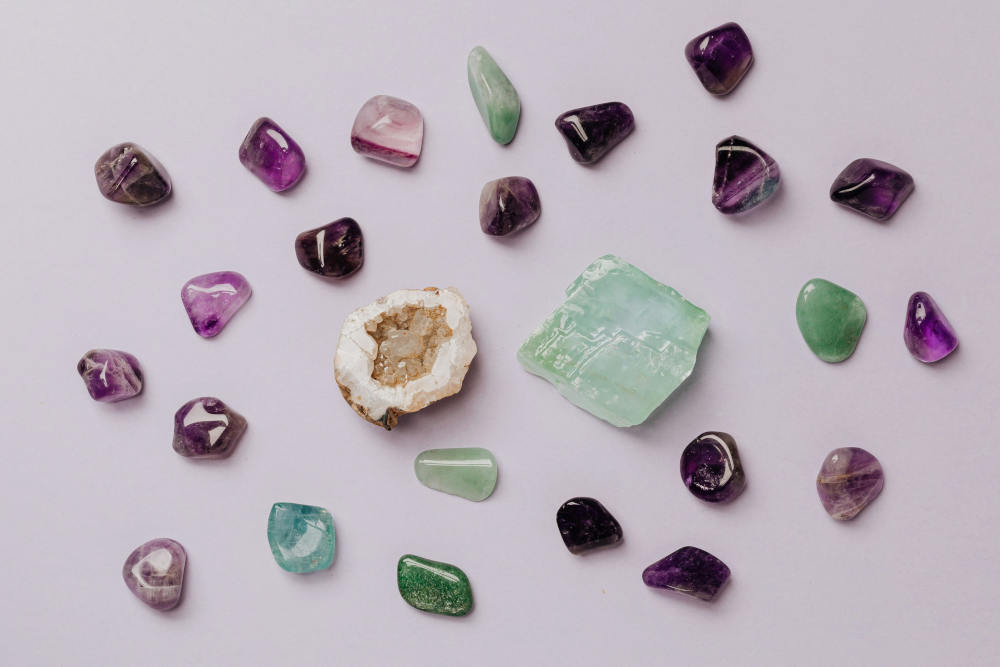
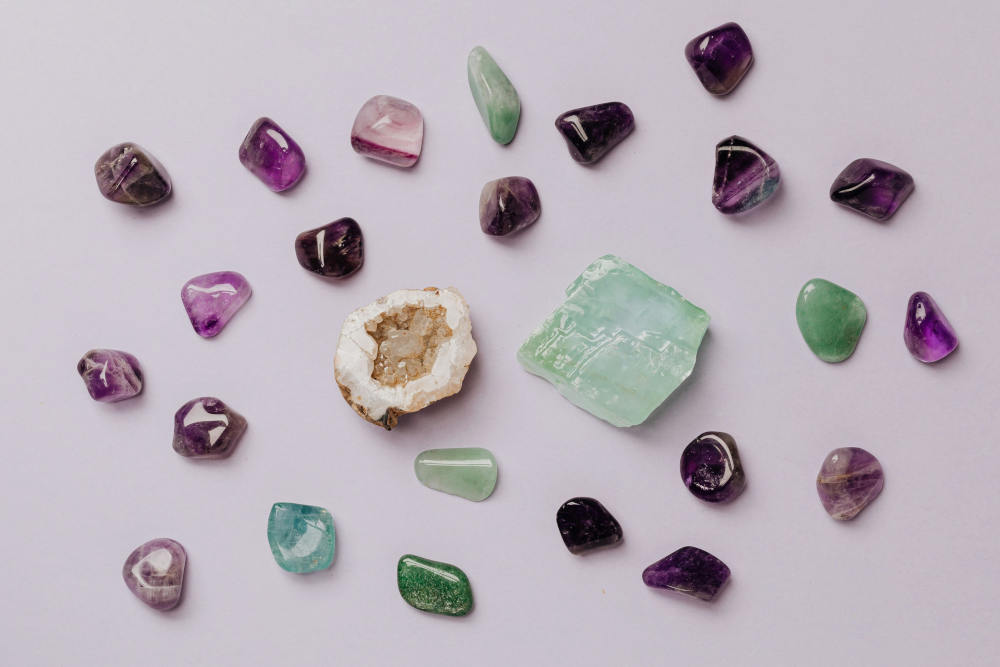
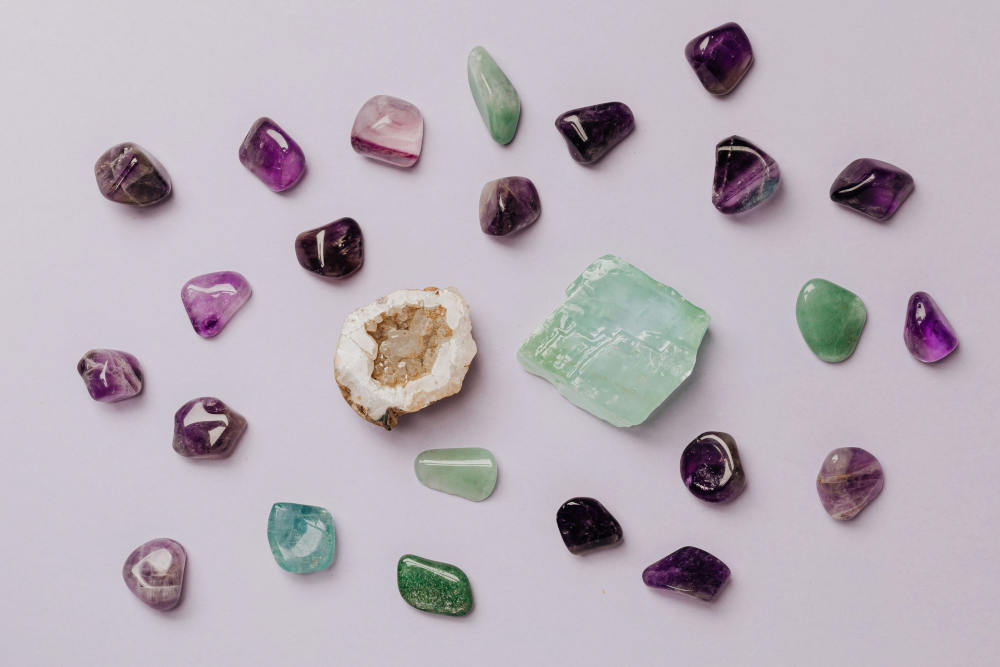
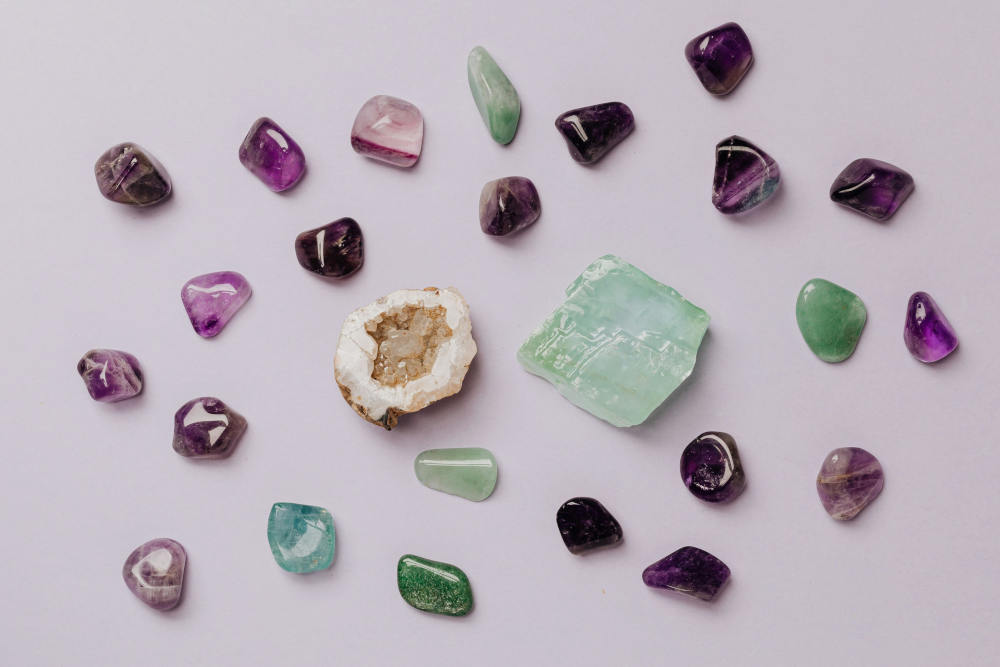
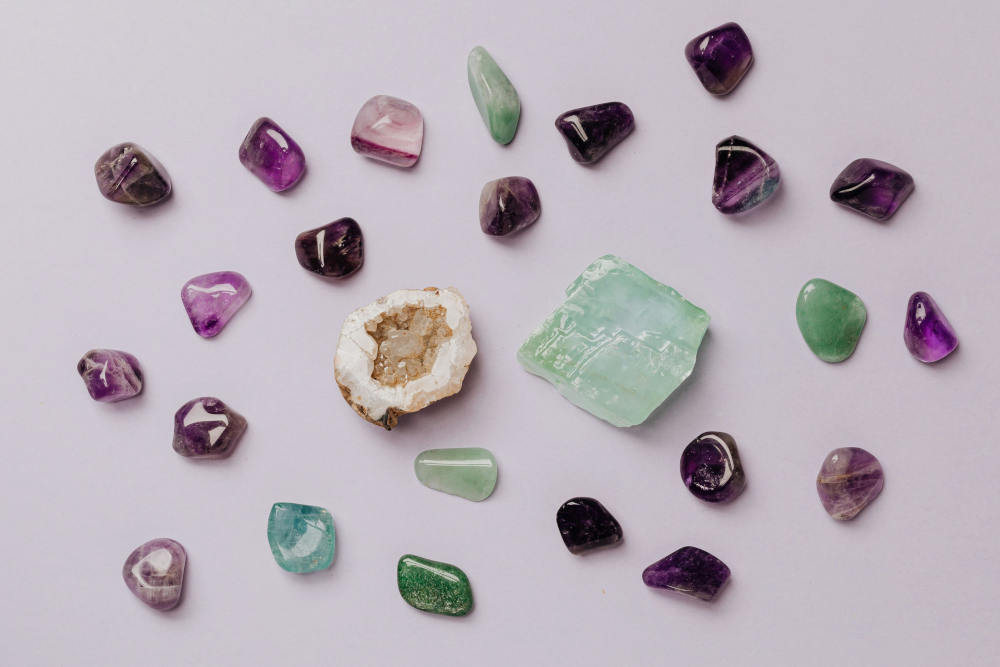
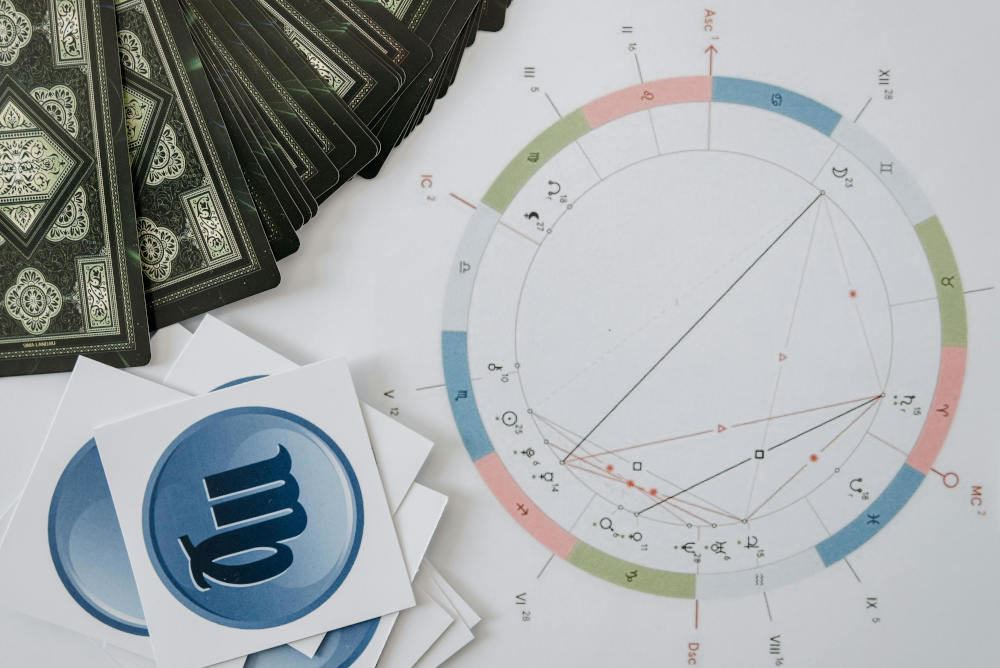





0 comments